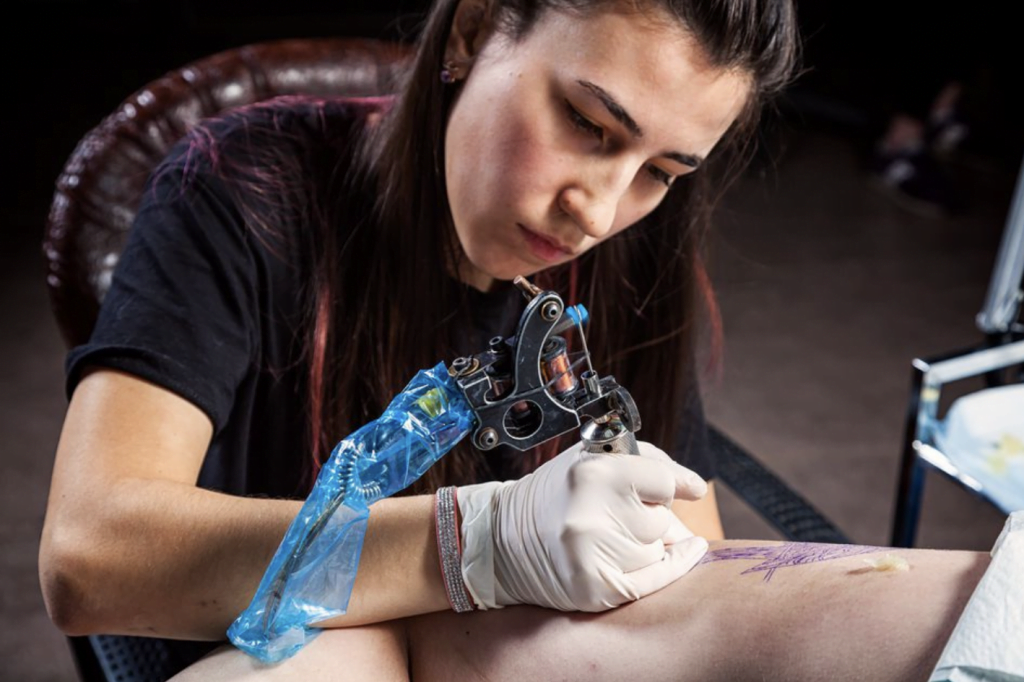So, you are thinking about getting tattooed. It might come as a shock, but you are not alone. In 2019, 3 out of 10 people had at least one tattoo covering their bodies. The trend is only growing as tattoos become more acceptable amongst professions like doctors, nurses and teachers. The tattoo business is not only surviving but thriving, despite ongoing concerns about COVID and its variants. Here is a tattoo artist guide to getting a tattoo

Pre tattoo protocol:
- Ensure you are sufficiently hydrated; this ensures that your skin is supple and ready to take the pressure of the needle.
- Do not consume any alcohol before getting your tattoos as alcohol can thin the blood leading to increased bleeding during the process.
- Check with the local health department to see if your preferred tattoo parlour has any violations.
- Chose the right spot to get your tattoo, do not cover a mole with a tattoo, which could make it difficult to determine whether the growth has become cancerous.
The process:
- First, tattoo artists shave and disinfect the skin with rubbing alcohol
- Then artists apply the tattoo stencil or, using a non-toxic marker or pen, draw freehand on the skin.
- After that, they use a handheld tattoo machine, either battery-operated or corded.
- Depending on the tattoo’s design requirements, the tattoo machine can have anywhere from 1 to 121 pins at its tip.
- After dipping the needle into a disposable ink cap, artists use the motorized machine to implant the tattoo pigment at the rate of 50 to 3,000 times per minute, through the outer layer of the skin into the deeper layer.
Post tattoo protocol:
- Leave the bandage on the site the day of the procedure
- Tattoos begin to fade over time, especially those with coloured tattoos. It is just something that comes with the gig. But, moisturizing your skin with some A1 tattoo lotion regularly will slow the fading process tremendously.
- Inform health care professionals about the presence of any tattoos before getting an MRI, since a burning, pulling sensation at the inked site is possible, though rare.